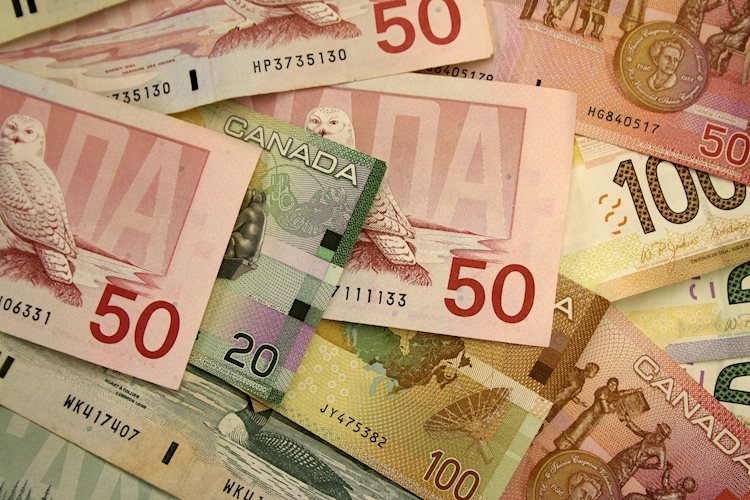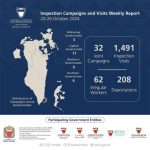The USD/CAD pair surged on Monday, reaching a high above 1.3900, its highest level since November 11. This increase was mainly driven by the positive sentiment toward the US Dollar, which is being supported by expectations that the Federal Reserve might not engage in aggressive easing measures. On the other hand, the Bank of Canada is expected to cut interest rates once again in December due to concerns about economic growth. The Canadian Dollar remains vulnerable as BoC is likely to maintain its aggressive policy-easing stance at the upcoming meeting.
The US economy continues to perform well, with a Q3 GDP growth forecast of 3.0% SAAR, matching Q2, and personal consumption expected to surpass Q2’s levels. The Atlanta Fed and New York Fed models also predict a robust growth rate for Q3 and Q4. Consensus anticipates a rise in ISM Manufacturing PMI and closely watches Friday’s labor market data. Markets are expecting two Federal Reserve cuts by the end of 2024. The recent 50-basis-point rate cut by the BoC is larger than usual, and economists predict another 50 bps cut in December due to downside risks to Canadian economic growth.
The technical outlook for the USD/CAD pair remains bullish, with the RSI indicating overbought territory at 74. The MACD also shows a bullish outlook, suggesting that buying pressure is building. However, the overbought signals may lead to a correction, with the pair likely to find support between the 1.3800 and 1.3900 levels before the next bullish run. Central banks play a crucial role in ensuring price stability in a country or region by adjusting their policy rates to control inflation. The central bank’s decision to either cut or hike interest rates has a significant impact on savings, lending rates, and investments in the economy.
Central banks are politically independent institutions with policy board members who have varying views on how to control inflation and manage monetary policy. The chairman or president of the central bank leads meetings and creates a consensus between ‘hawks’ and ‘doves’ within the board. The central bank communicates its monetary stance and outlook through speeches and strives to avoid causing drastic fluctuations in rates, equities, or the currency. Before a policy meeting, a blackout period is enforced to prevent members from publicly discussing the upcoming policy changes. Overall, central banks have a challenging task of balancing economic growth and price stability through their monetary policy decisions.










